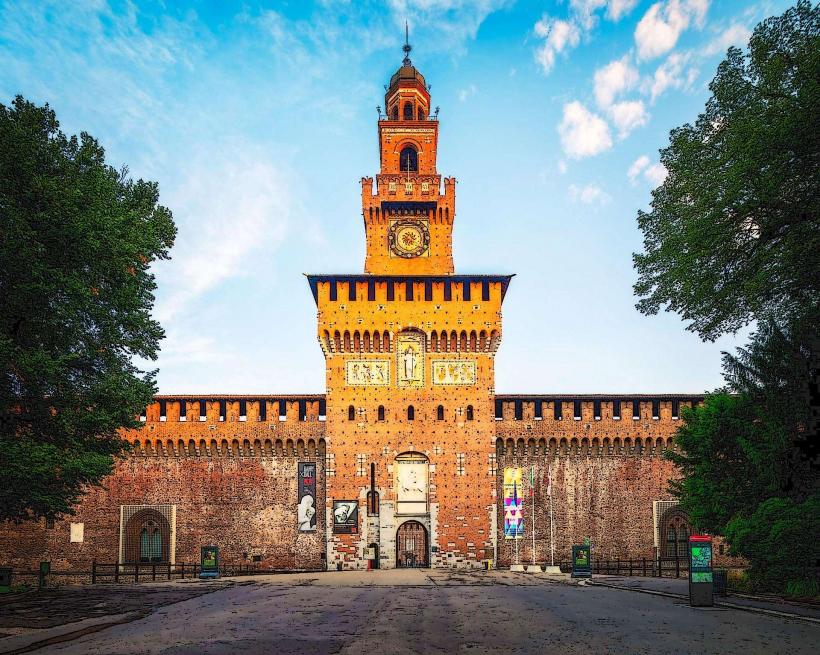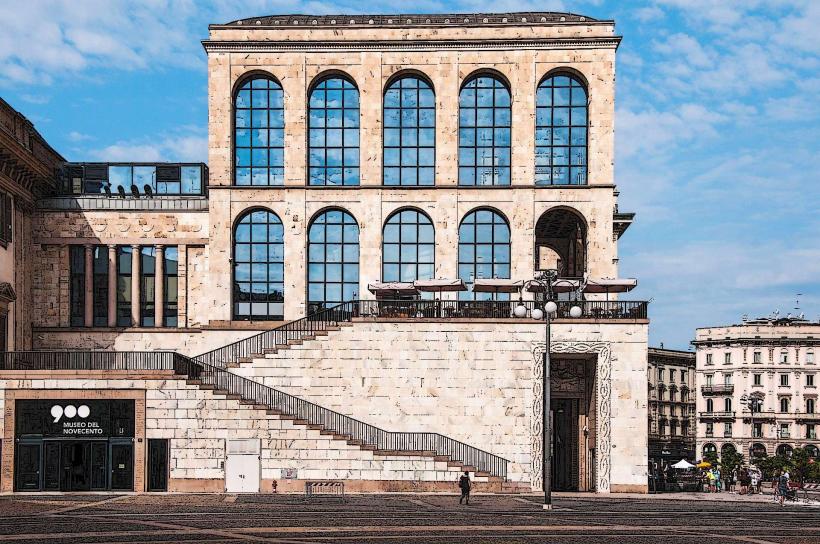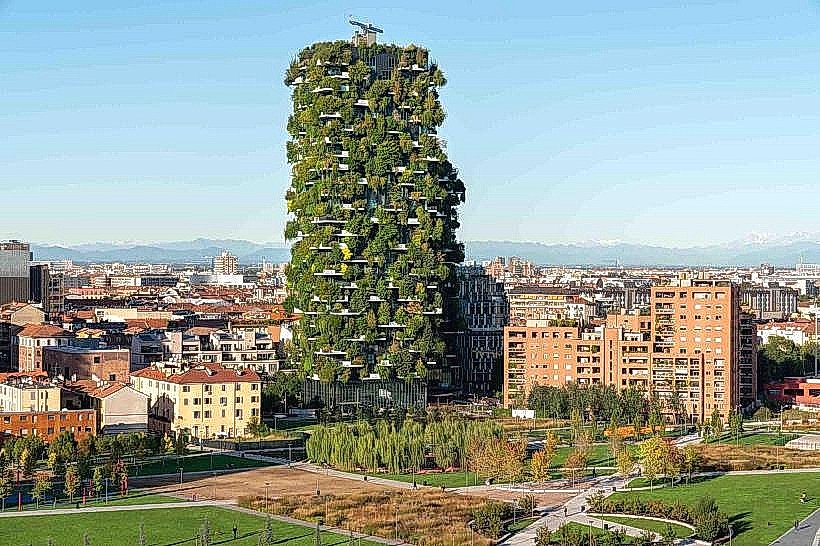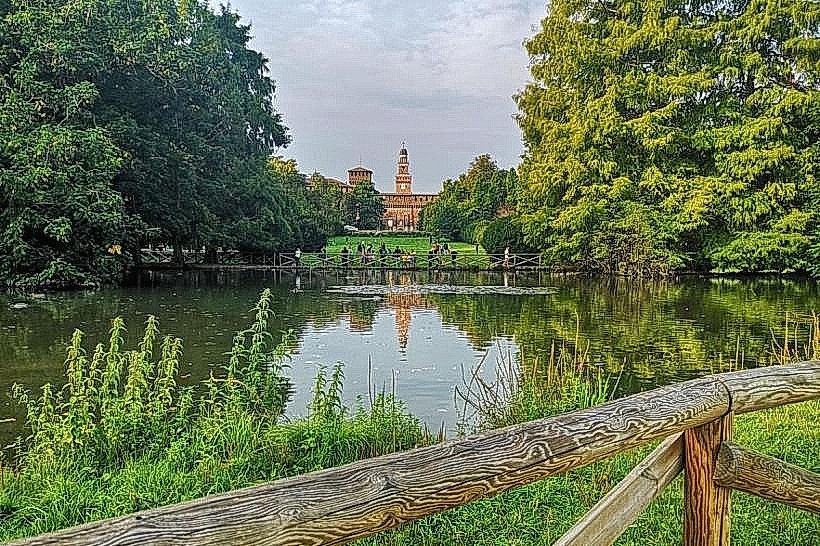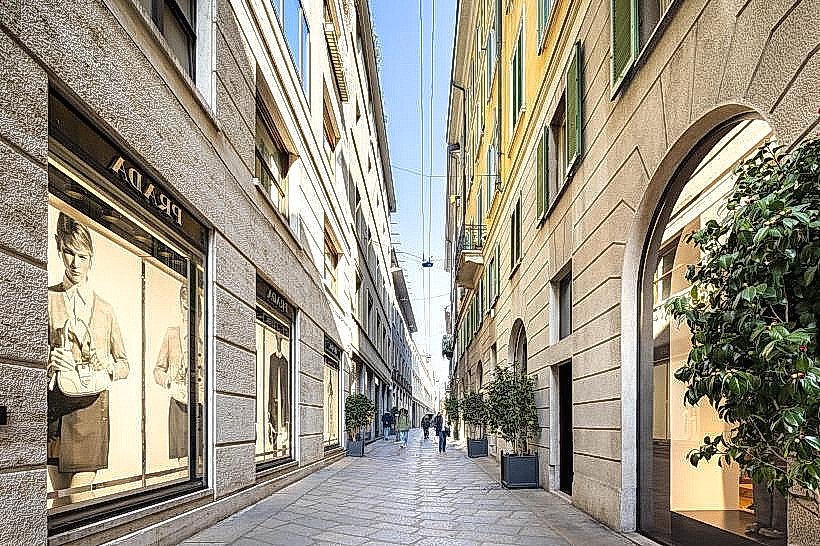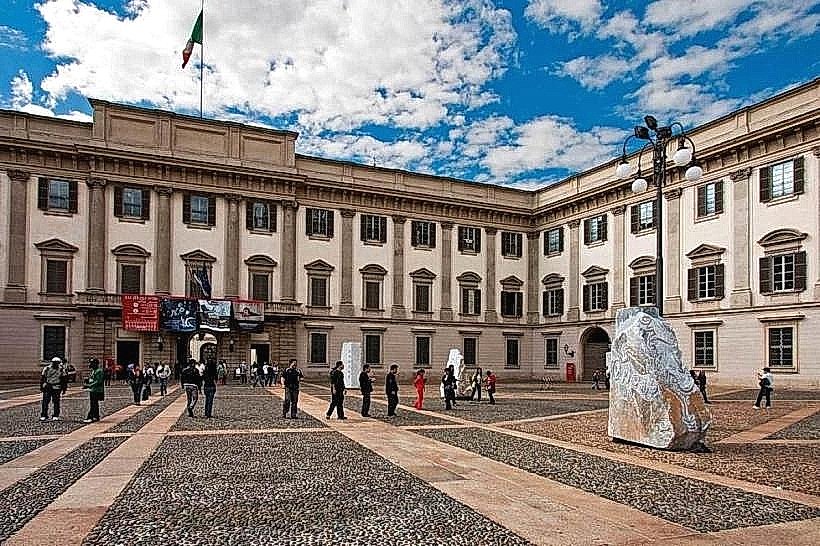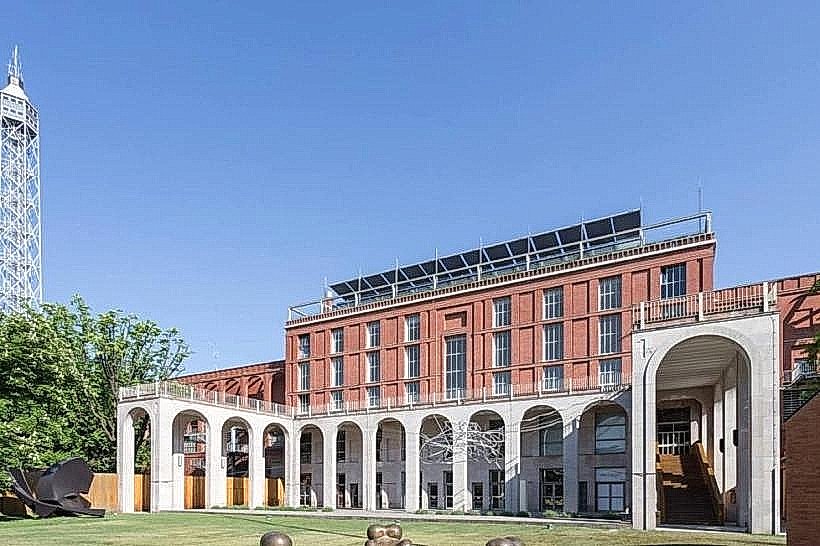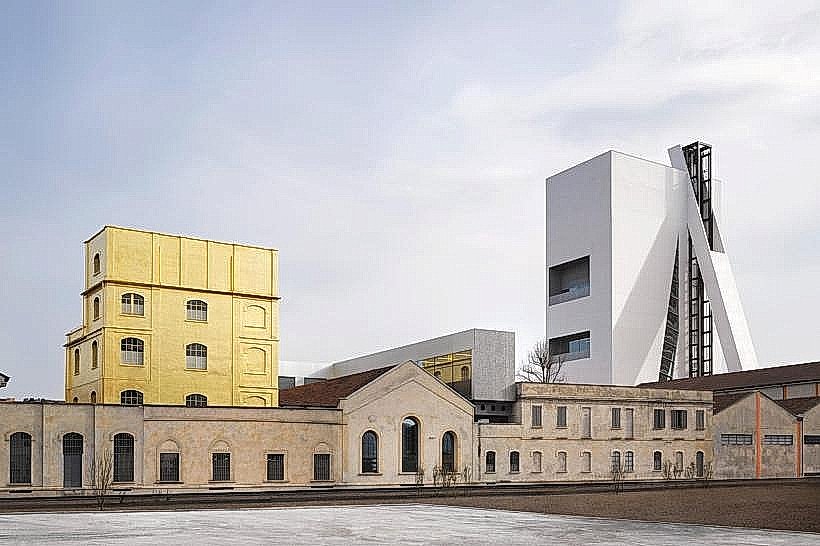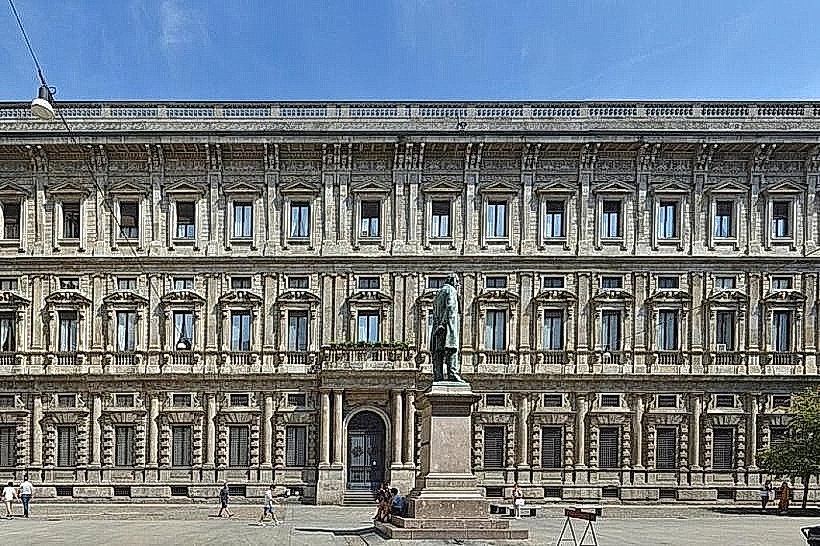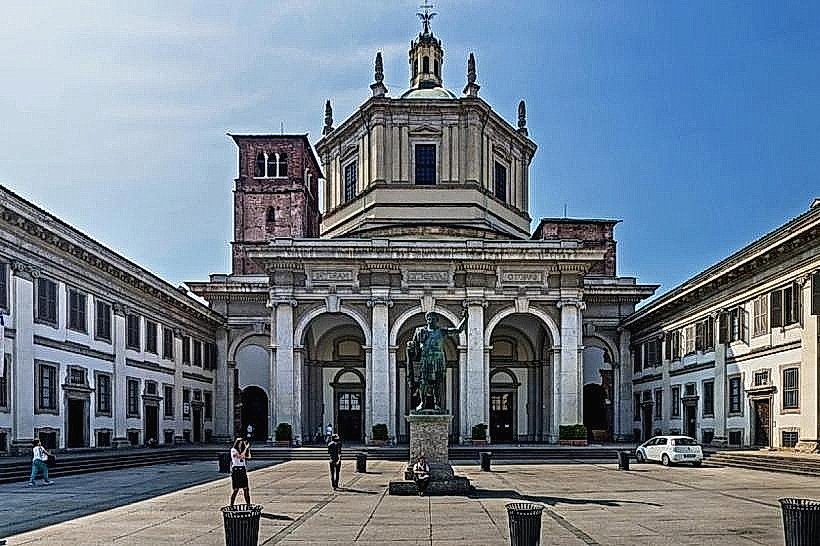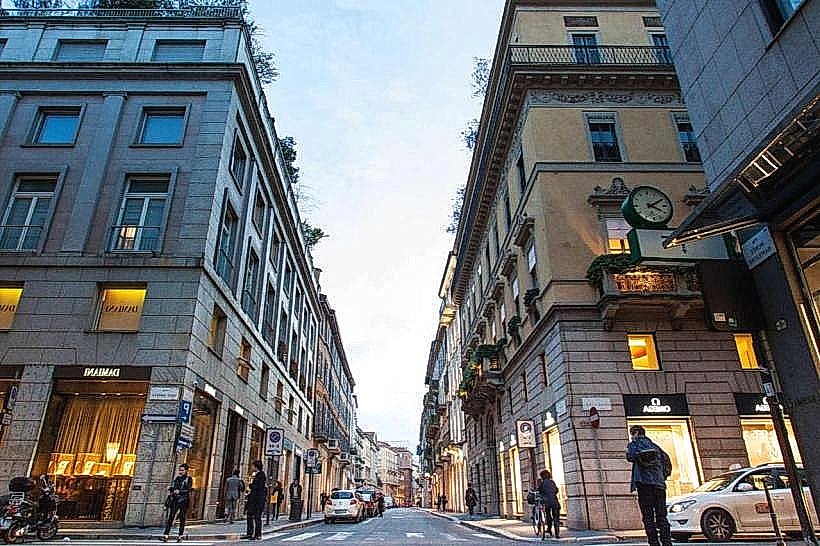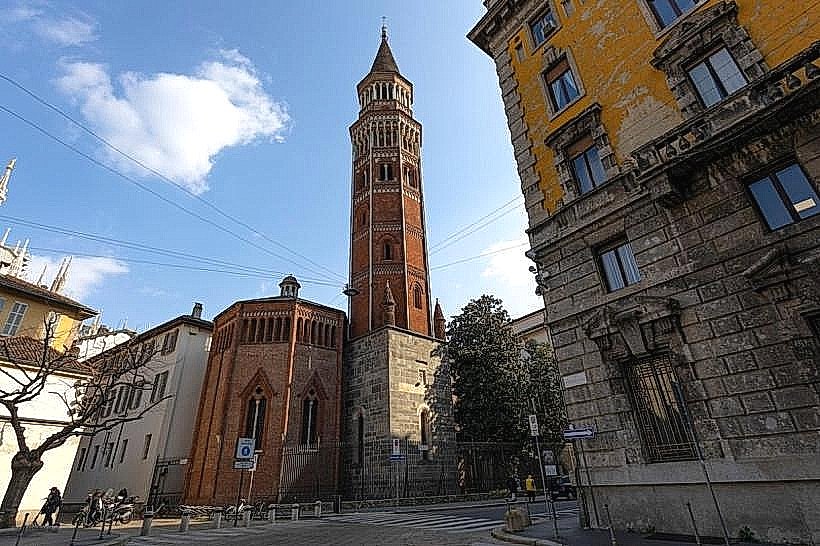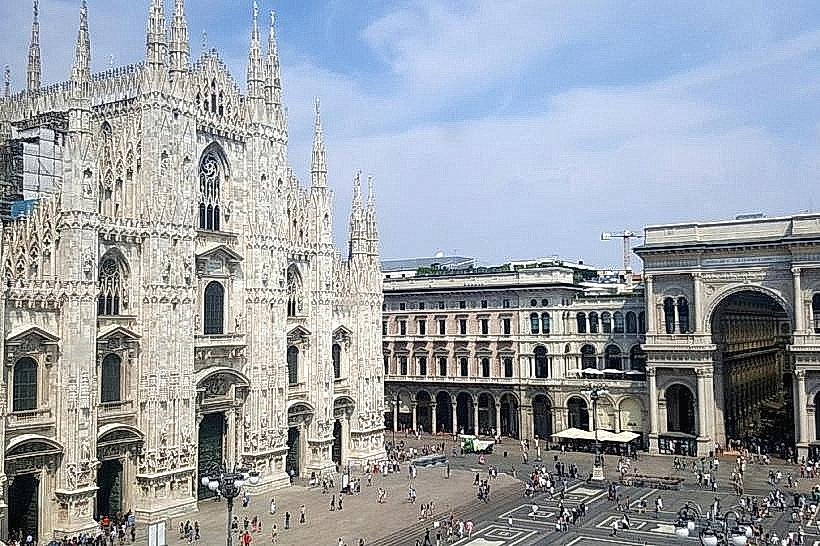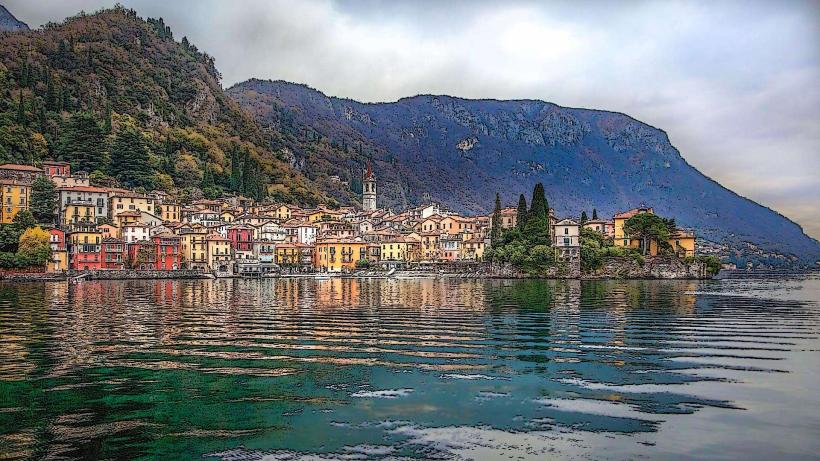Information
Landmark: Santa Maria delle GrazieCity: Milan
Country: Italy
Continent: Europe
Santa Maria delle Grazie, Milan, Italy, Europe
Overview
Santa Maria delle Grazie stands among Milan’s most beloved landmarks, where faith meets the sweep of Renaissance art and stone arches glow softly in afternoon light, what’s more just off Via Giuseppe Antonio Sassi, only a few minutes from the city’s lively center, stands the church famous for holding Leonardo da Vinci’s *The Last Supper*, a masterpiece scholars still pore over like detectives tracing every brushstroke.Work on the architecture started in 1463, backed by Duke Francesco Sforza, who funded the project as part of a Dominican convent where pale bricks rose under the summer sun, after that the building first took shape in the Gothic style, but in the late 1490s Duke Ludovico Sforza, called Il Moro, asked Donato Bramante-the brilliant Renaissance architect-to expand and reshape parts of it, adding graceful arches that caught the afternoon light.Bramante built the graceful tribune with its balanced curves, rounded apse, and soft wash of light-features that later shaped High Renaissance design throughout Italy, therefore the church’s plain brick front gives way to a sweeping interior of arches and high vaults, with side chapels washed in warm terracotta light.Sixteen ribs lift the central dome high above the main altar, and the space seems to breathe light, rising with quiet grace, along with inside the ancient refectory of the Dominican convent next to the church, Leonardo da Vinci’s masterpiece *Il Cenacolo*-*The Last Supper*-rests on the wall he painted between 1495 and 1498, its muted colors still catching the light like dust on stone.Interestingly, Instead of using the usual fresco method, Leonardo mixed tempera and oil on dry plaster, chasing a richer glow and deeper shadows, as well as this groundbreaking technique gave the painting its eerie, lifelike depth, yet it also caused the colors to fade and crack over the centuries.Today, after painstaking restoration, visitors can still feel the emotional charge of Christ’s last supper with His disciples-the air thick with tension as He admits one of them will betray Him, not only that stretching almost nine meters across, the painting floods the wall with a dramatic play of light, emotion, and sharp angles.The apostles react in a surge of shock and disbelief, hands raised and faces tense, while Christ stays calm at the center, his still figure tracing the clean lines of a perfect triangle, what’s more in 1943, Allied bombs leveled most of the nearby convent and tore the roof from the refectory, but somehow The Last Supper endured beneath its blanket of sandbags and scaffolding.Truthfully, Later restorations-most notably the twenty-year project finished in 1999-brought the colors back to life and protected the faint traces of Leonardo’s original brushwork still clinging to the wall, equally important visiting Santa Maria delle Grazie feels personal-entry to the refectory is timed, and only a handful of people at once stand quietly before *The Last Supper*, the echo of footsteps soft against the ancient stone floor, to some extent Inside the hall, silence hangs heavy, a sharp contrast to the vivid rush of central Milan just beyond the doors; the air itself seems to pause, caught between moments, in addition the church, open to all, invites you to measured down-to wander through its quiet side chapels, watch colored light drift across the floor from the stained glass, and pause in the cloister garden once tended by Dominican monks.From what I can see, Beyond its fame as an art landmark, Santa Maria delle Grazie still serves as a living church-candles flickering in the quiet nave-and has stood as a UNESCO World Heritage Site since 1980, in turn it captures Milan’s split spirit-driven and modern, yet grounded in art and faith, like the scent of varnish mingling with incense in an heritage atelier.Under Bramante’s soaring dome or facing Leonardo’s luminous mural, visitors feel a quiet harmony linking faith, art, and human brilliance-a balance that still shapes the spirit of Milan.
Author: Tourist Landmarks
Date: 2025-10-31


